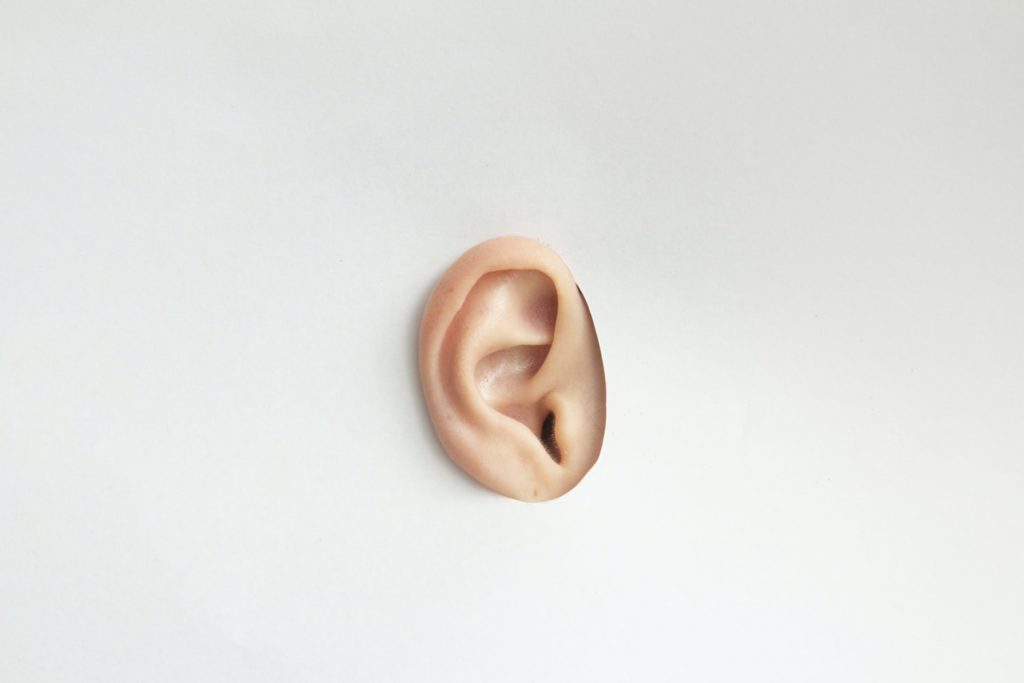Rapport. What is it? It is defined as “A relationship characterized by agreement, mutual understanding, or empathy that makes communication possible.” Building rapport is a powerful tool that not only aids in forging relationships, but also in furthering one’s career. It can shift the tides in everything from negotiating small business transactions, to sealing a major corporate deal. Rapport is also a professional or aspiring social engineer’s best friend. So how does one go about building rapport when communicating with others? With a few simple additions to our conversational style, we can master this art in no time.

Find Common Ground
Often, it is much easier to forge a connection with someone when you have something in common. Having common ground can put nerves at ease and even move someone to feel more positive about our presence. How so?
Consider the following research. A study found that, after finding something in common with another person, it makes us feel positively about them. Why? Since we feel positively about ourselves, we subconsciously assume that the other person, like us, has other positive characteristics. Thus, leaving us to feel more comfortable around them. After all, most people generally like others who are like themselves, even if it’s in a small way.
No matter who we’re talking to, there is always some sort of common ground to be found. Of course, this means we must put in effort to find it. Even something as simple as growing up in a small town or preferring tea to coffee can be enough to break the ice and build rapport.

Using the Right Questions
When you meet someone for the first time, you likely asked questions to get to know them. Asking the right questions can aid tremendously in developing rapport with someone. How else are we to really have a meaningful conversation? However, the types of questions we use are what matters most.
Consider some of the types of questions that we can ask:
-
- Open-Ended Questions – Rather than simple “Yes” or “No” questions, asking Open-Ended questions helps lead to a free-flowing conversation. They draw people out and address the Who, What, When, Where and Why. They help the person to whom we’re speaking to warm up to us and even put them at ease. Examples: “Why do you want to make a change?” “How would you measure the success of this initiative?”
-
- Echoing Questions – Asking these types of questions gives an opportunity to show that you are listening. This is done by simply re-phrasing someone’s answer to ask more specific questions. They help validate the concerns of the person we’re speaking to and forges trust!
There are plenty more questions to be used and picking the right ones can really give an edge in rapport building.

Really Listen
Whether we’re trying to find common ground or craft effective questions, neither will be effective if we don’t Listen. Listening is essential in building rapport because effective communication flows two ways. However, it is important to know the difference between listening actively and listening passively. Let’s consider what each means.
- Passive Listening – Hearing something or someone without giving it your full attention. It is typically one-sided communication with little to no feedback given.
- Active Listening – Focusing one’s attention to fully understand and comprehend what someone is saying. In many cases, you will be providing feedback either intermittently or when the person speaking is done talking.

Do you see how important active listening is? This type of listening helps the person we are speaking to feel respected, which is essential in building rapport. It would certainly be very off-putting if we dominated the conversation or didn’t seem to take interest in their answers. How else would we find common ground with someone without first listening to how they respond to our questions?
Active listening takes practice. It requires us to avoid external and internal distractions, as well as paying attention to the content and context of words spoken. It even requires us to be okay with silence to allow a person’s thoughts to flow naturally!
Be Genuine
There are an abundance of other tips and tricks that we can use to help build rapport. The truth is, if we want to truly build rapport with someone, we must put in extra work by being sincere. You may have heard many say “just be yourself” when giving dating advice? Well funny enough, this advice can really play an effective role in building rapport. Showing genuine interest goes a long way in effective communication and will be manifest to those we speak to, just as it is very easy to sniff out someone that is being disingenuous!
If we are genuine when speaking to others, only then will these tactics really shine through and help us build rapport.
Where from Here?
The tactics above are a few of many that can be used to make effective conversation. The next time you try to build rapport, why not give them a try? Along with these, there are also many non-verbal communication tools that prove very effective as well.
Homing in on these skills will certainly expand our expertise in effectively communicating with others. But only if we put in the time and effort to do so. By making these small adjustments to our conversation style, we will be successful rapport builders in no time!
Sources:
https://journals.sagepub.com/doi/abs/10.1177/0265407518790411?casa_token=wWYItVusLHIAAAAA%3Ap_605aJW3wDT2zhhm7s8SgDnfz021uMOGt5j6B-r4PNAgnQtlht4wjsAK_CZHXXHklcl80UYrAItvQ-widget%20of%20the%20similarity%E2%80%93liking%20link%20assessed%20before%20and%20after%20a%20getting-acquainted%20social%20interaction%20-%20Adam%20J.%20Hampton,%20Amanda%20N.%20Fisher%20Boyd,%20Susan%20Sprecher,%202019%20(sagepub.com)
https://tax.thomsonreuters.com/blog/4-types-of-questions-to-help-you-cultivate-relationships/
https://www.social-engineer.org/social-engineering/nonverbal-communication-a-valuable-tool-to-gain-trust/
Image:
https://images.unsplash.com/photo-1573497491208-6b1acb260507?ixlib=rb-1.2.1&ixid=MnwxMjA3fDB8MHxwaG90by1wYWdlfHx8fGVufDB8fHx8&auto=format&fit=crop&w=1470&q=80
https://images.unsplash.com/photo-1600880292203-757bb62b4baf?ixlib=rb-1.2.1&ixid=MnwxMjA3fDB8MHxwaG90by1wYWdlfHx8fGVufDB8fHx8&auto=format&fit=crop&w=1470&q=80
https://images.unsplash.com/photo-1616593437252-0631aeb95590?ixlib=rb-1.2.1&ixid=MnwxMjA3fDB8MHxwaG90by1wYWdlfHx8fGVufDB8fHx8&auto=format&fit=crop&w=1470&q=80
https://images.unsplash.com/photo-1602703651892-7f0e73a14302?ixlib=rb-1.2.1&ixid=MnwxMjA3fDB8MHxwaG90by1wYWdlfHx8fGVufDB8fHx8&auto=format&fit=crop&w=1470&q=80

